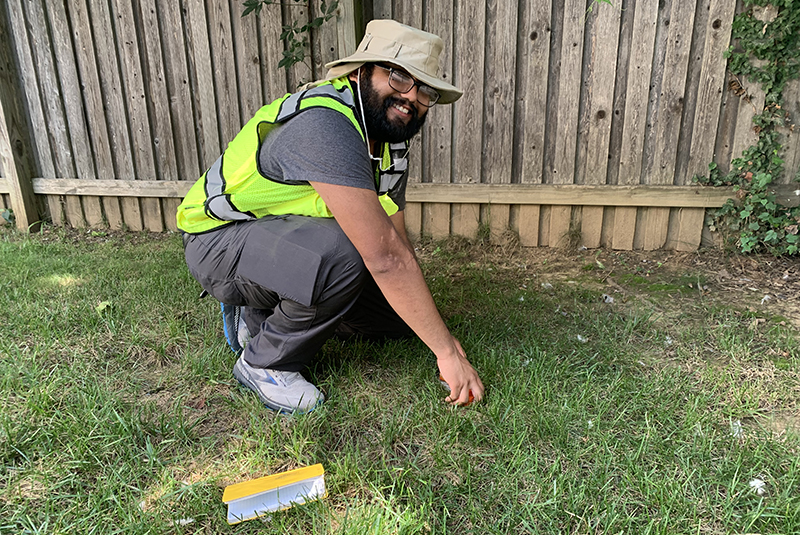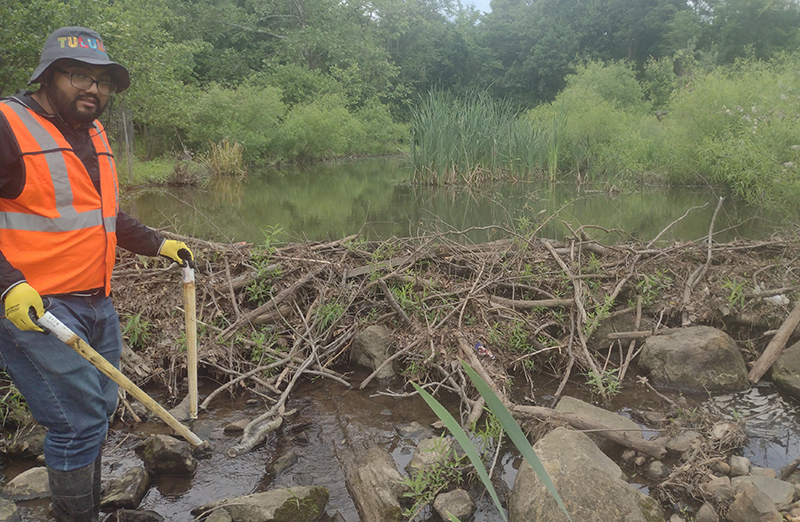From elementary school until high school graduation, I volunteered in various environmentalist activities that kept me interested in ways to help the planet heal. Some of these activities included school recycling collection, wildlife habitat creation with Audubon, tree plantings with Tree Baltimore, neighborhood and campus clean-ups, and bicycle collections with Bikes for the World. Believing architecture was the right path to go, I pursued a B.S. in Architecture and Environmental Design through Morgan State University. There, I was introduced to various other disciplines related to the built environment, and I grew more curious about how far my design capabilities could grow for a better understanding on what a location needs to thrive. Through the BSAED program, I learned about the social, historical, and structural context of Baltimore City. The ecological context was mostly kept general to what a building itself could do to combat environmental disruption. My focus was placed more on the built environment and its inhabitants while the natural environment became more of a dormant thought.

During my first weeks at Biohabitats, that environmentalist in my brain finally started to wake again, reminding me of one of the major reasons I chose the design path: environmental change. Although, I didn’t yet understand what that change could be exactly. More dots kept connecting as the internship continued. I learned of the role stormwater management plays in combating the flooding and pollution caused by humanity’s built infrastructure. I realized the importance of restoring local ecosystems over maintaining the built environment constructed over it. I participated in ecological monitoring, surveying, graphic design, and data processing. Being directly involved through various phases of the design process I never thought I could be a part of has helped me see the ecological context I need to gain a grasp on for restorative designs.

The biggest challenge during my time at Biohabitats was adjusting to the amount of trust and freedom given to me to add this new component into my way of designing. Twenty hours always ran out fast when scheduling for site visits and work sessions each week. My main ambition with managing my time here has been breaking out of these reservations preventing me from seeing grander environmental progress for Baltimore City. The twenty hour limit helped me narrow down which experiences would be the most beneficial towards my developing career goals.

I switched from a Master’s in Architecture to a Master’s in City and Regional Planning because I felt that there was a larger context that I was missing with these architectural structures we were designing. The ecological context from the natural environment is the big picture I was disregarding. With Biohabitats, I have started a reconnection with my environmentalist pursuits from my public school days and my architectural studies from my undergraduate career.
